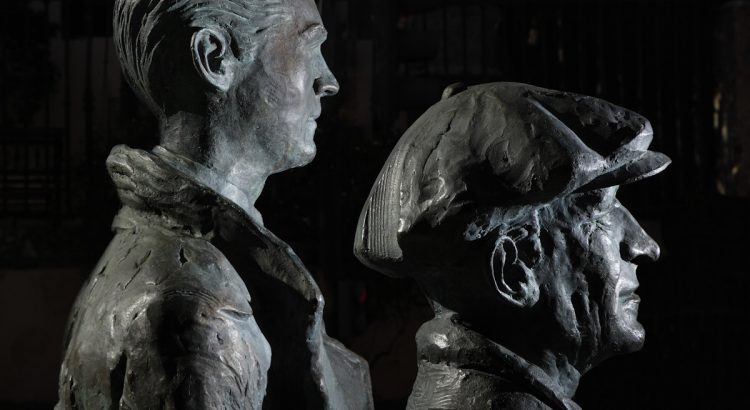The attractiveness of the Alpujarra and its inhabitants seduced Federico García Lorca very early on. Although there is no documented evidence, the poet’s travels through the region began in his formative years. The earliest graphic testimony corresponds to 1918: Federico, wearing a cap, appears on the roof of the bus that traveled the route between […]
Lorca´s routes
Cáñar and Carataunas
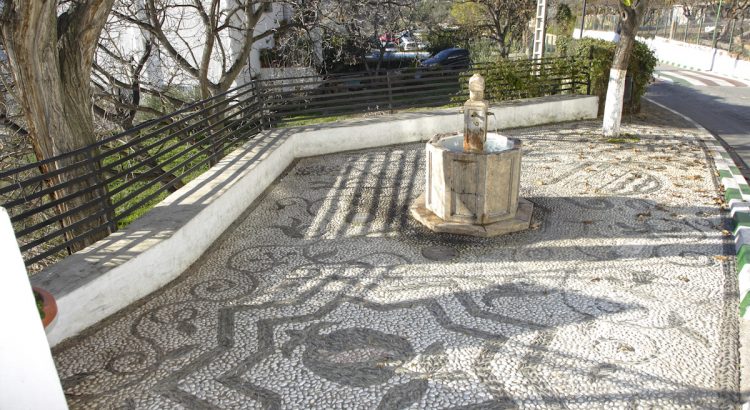
Federico García Lorca and the composer Manuel de Falla, accompanied by the future professors José Manuel Segura and Antonio de Luna, plus the lawyer Rafael Aguado Martín-Montijano, owner of the Los Montijanos Estate, took advantage of their stay in Órgiva in early 1926 to visit other sites. They examined the Cueva de Sortes, a natural […]
Pitres
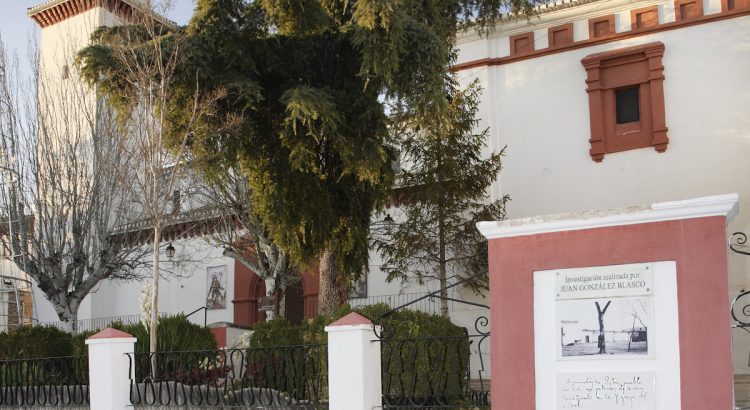
Federico García Lorca’s visits to the Alpujarra were not limited to the towns closest to Lanjarón. He also went into the deep Alpujarra, then more difficult to access, seeking contact with even more untamed and beautiful landscapes and with the unknown inhabitants who lived half isolated in almost inaccessible villages. Another site linked to the […]
Cuzco Archbishop Palace
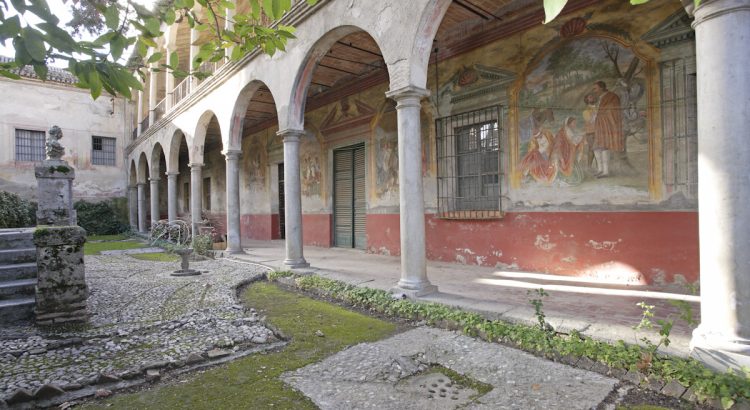
The Cuzco palace, also known as the palace of Archbishop Moscoso, is an eighteenth-century building linked to the Catholic Church located in the center of Víznar, a small town three kilometers from Alfacar in northeastern Granada, about ten kilometers from the capital. The palace was occupied after the military uprising of July 1936 by factional […]
Peñón del Colorado
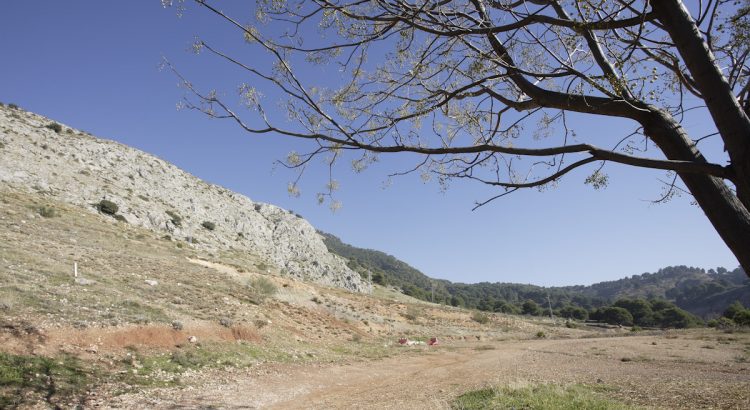
A few hundred meters past the García Lorca Park, to the left and towards Víznar, opposite the Pepino farm, the only existing construction on that side of the road, are Los Llanos de Corbera (the place of instruction of the troops of the sector of Víznar at the beginning of the uprising of 1936) and, […]
Centro Artístico
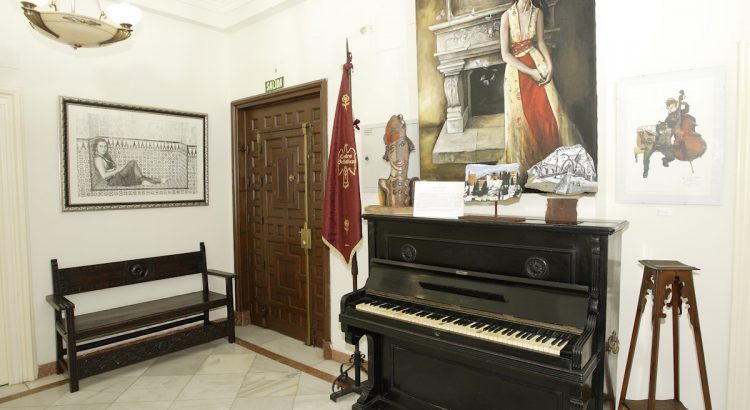
The Artistic, Literary and Scientific Center of Granada (Centro Artístico de Granada), a centennial cultural institution, was founded in April 1885 and plays a very important role in the cultural life of the city, especially in the first two decades of the last century. In its formation, the intellectual elite linked to Freemasonry was of […]
San Miguel Arcángel Hermitage
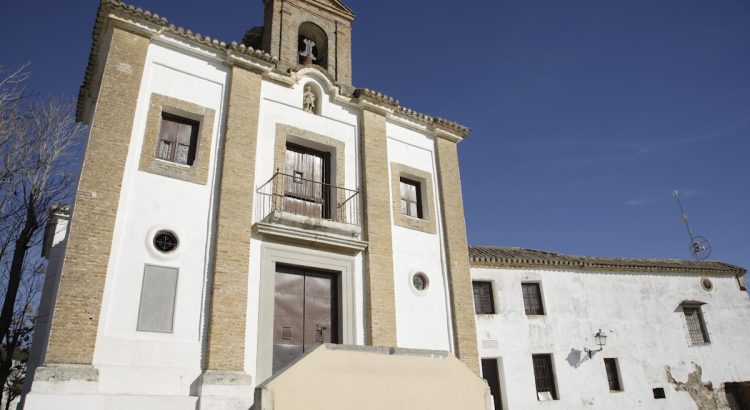
The Hermitage of the Archangel St. Michael (Ermita del Arcángel San Miguel), like so many Christian buildings, was raised in 1673 by Archbishop Diego Escolano on an ancient Arab tower called Del Aceituno that closed the Nasrid wall of Granada. Next to it there was a fountain and a “prodigious” and tireless olive tree, celebrated […]
Romilla Tower and Soto de Roma
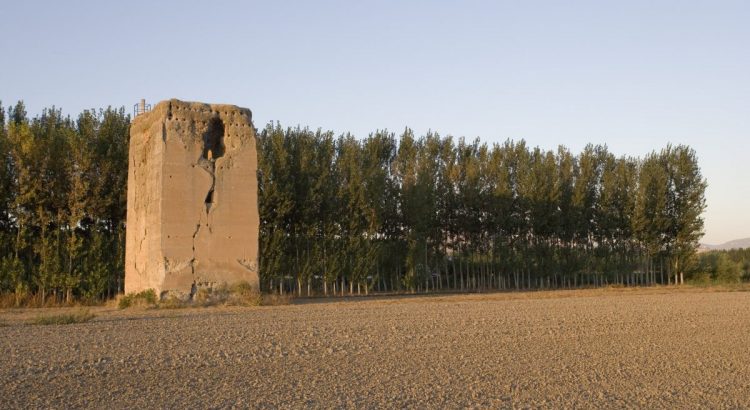
The Torre de Romilla (Romilla Tower), also known as Rome Tower, is located in the hamlet of Romilla la Vieja, in the municipality of Chauchina (Granada) and in the area known as Soto de Roma. Apparently, Federico García Lorca played when he was a child among the ruins of the tower. The poet leaves in […]
Casa de los Tiros
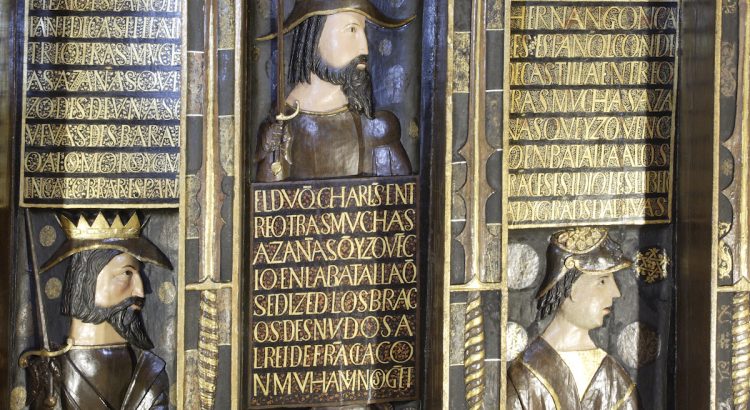
The Casa de los Tiros (House of the Shots) is linked to Federico García Lorca by a double circumstance. In the romantic hall of this original 16th century building, which has undergone numerous changes and additions, the poet read on September 27, 1934 Yerma to a group of friends and, most importantly, for the first […]
Statue of Federico García Lorca
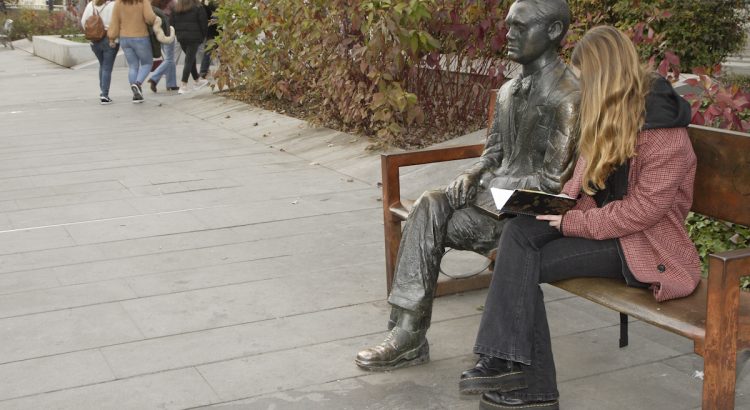
The first statue placed in Granada city dedicated to Federico García Lorca, almost seventy years after his assassination, is installed in the boulevard of the Avenida de la Constitución and is part of a series of ten sculptures dedicated to historical figures of Granada. The figure of Lorca, of real proportions, is the work of […]
Carmen de los Mascarones
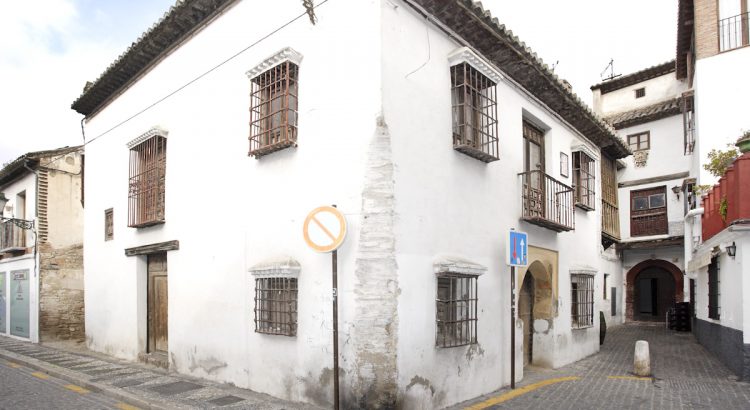
On Agua Street, in the Albaycín quarter, is the landscaped and almost secret house where the poet Pedro Soto de Rojas, praised by Cervantes and Lope de Vega, a great friend of Góngora and canon of El Salvador Collegiate, lived. The place is known as the Carmen de los Mascarones (House of the Figureheads) and […]
Lorca’s family home in Acera del Darro
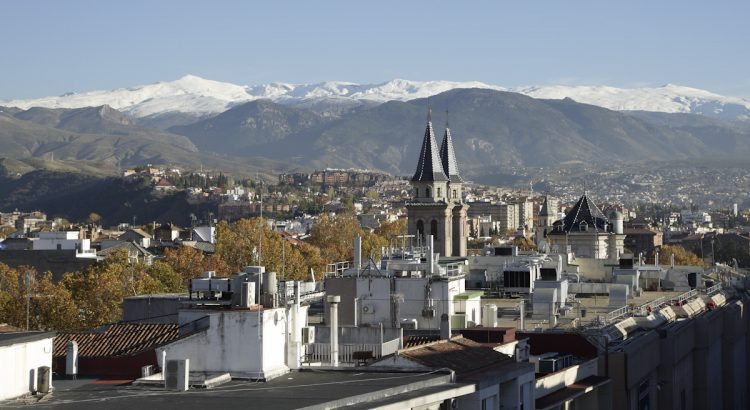
The first home of the Lorca family in Granada is located at the current number 50 Acera del Darro. Although the building has undergone numerous transformations, it still retains traces of the house where the family moved from Valderrubio in 1908 and where they remained until 1917. There Isabel García Lorca was born and Federico […]
Lorca’s family home in Gran Vía
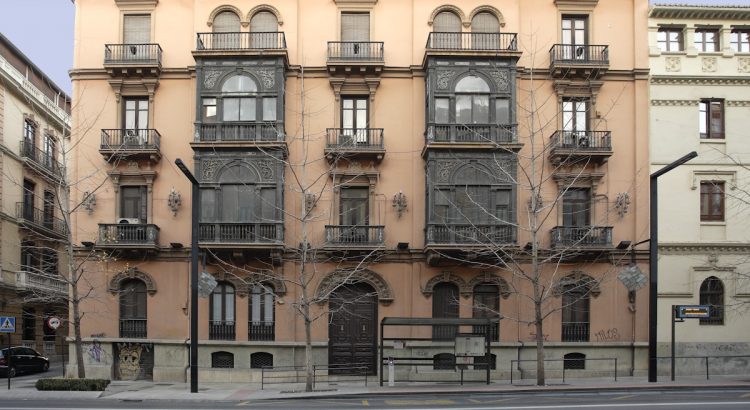
The García Lorca family unexpectedly left the house at Acera del Darro, 50 in 1916 and moved temporarily to the apartment at Gran Vía, 34, located opposite Santa Paula street. There they resided for only one year. The abandonment of the extensive rented house on the banks of the Darro where they arrived in 1908 […]
Lorca’s family home in Acera del Casino
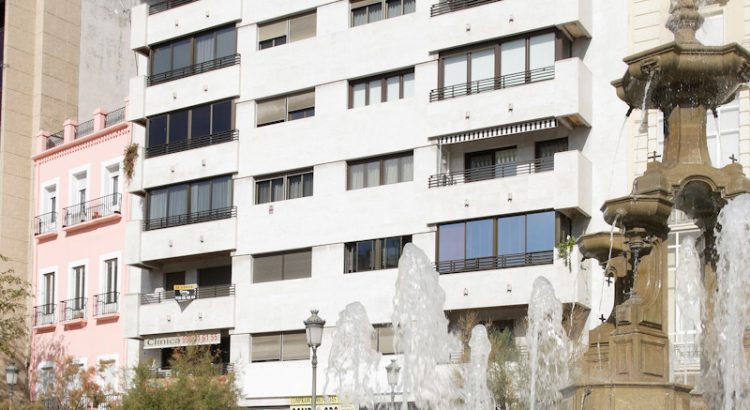
The second and third floors of 31 Acera del Casino, which also included a tower, were the home in Granada where the Lorca family lived for most years. The building was razed in the nineteen seventies with little opposition from the citizens and an apartment block was built in its place. They lived there from […]
Huerta del Tamarit
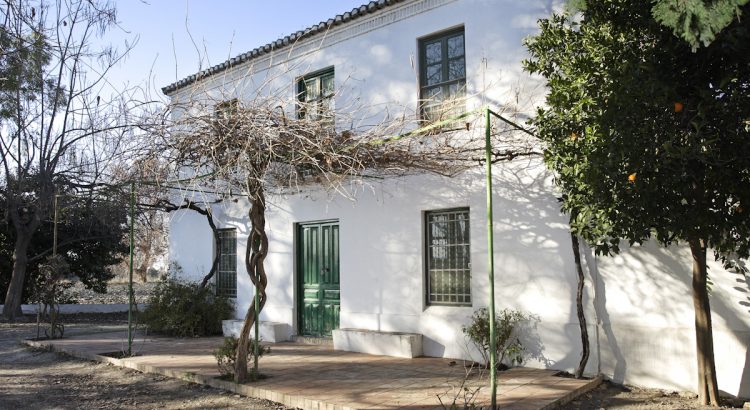
Before Don Federico García Rodríguez bought the Huerta de San Vicente (San Vicente Farmhouse), where Federico García Lorca spent his summers and wrote a substantial part of his adult work from 1926 onwards, he was interested in another similar property located nearby, the Huerta del Tamarit (Tamarit Farmhouse) (Garden of Dates, in Arabic), five hectares […]
Sagrado Corazón School
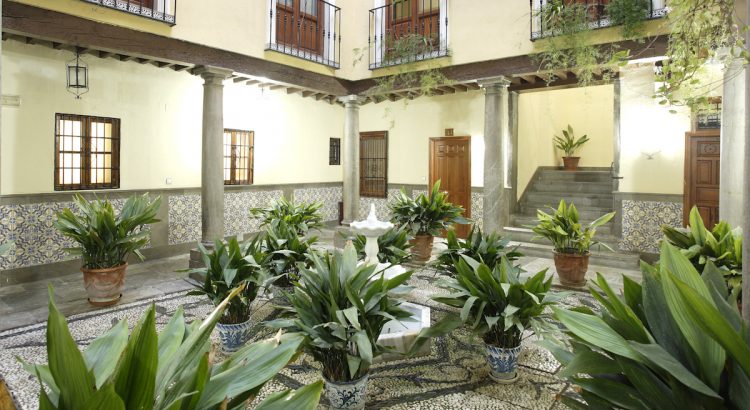
Federico García Lorca’s high school studies after the family moved to Granada had two main scenarios, the General Technical Institute (then located in the palace of the Marquises of Caicedo, now the Victoria Eugenia Conservatory of Music), where he attended free and took exams, and the Sagrado Corazón School (at Plaza de Castillejos, 3) a […]
Antonio Segura’s House
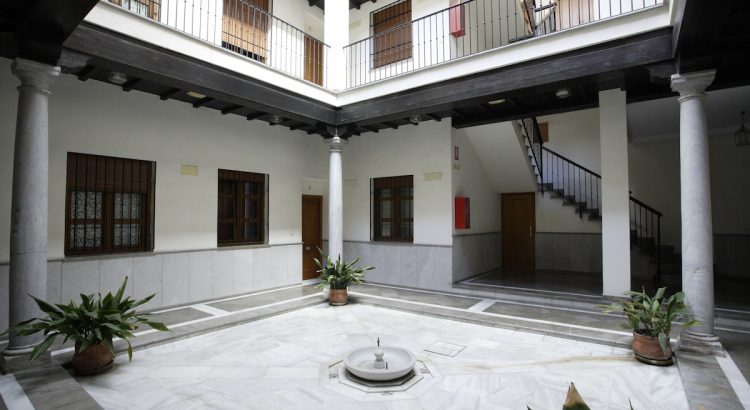
Antonio Segura Mesa (Granada 1842-1916), Federico García Lorca’s music teacher and one of the most influential people in his youthful artistic training, to whom he dedicated his first book, Impressions and Landscapes, was a modest composer of little recognition who taught the poet in his house in Escudo del Carmen since the Lorca family settled […]
Ateneo de Granada
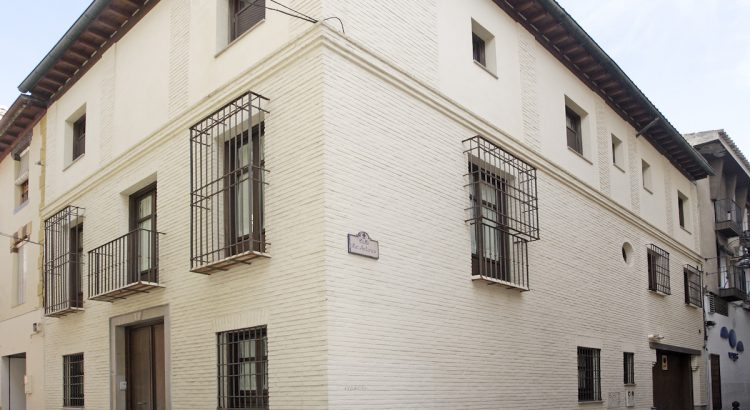
The few participants who still kept alive the flame of El Rinconcillo (most of them had already left in the early twenties, even before, among them García Lorca himself) agreed to found in February 1926 the Ateneo de Granada (Granada Athenaeum), as opposed to the increasingly aging Centro Artístico. One of the animators of the […]
